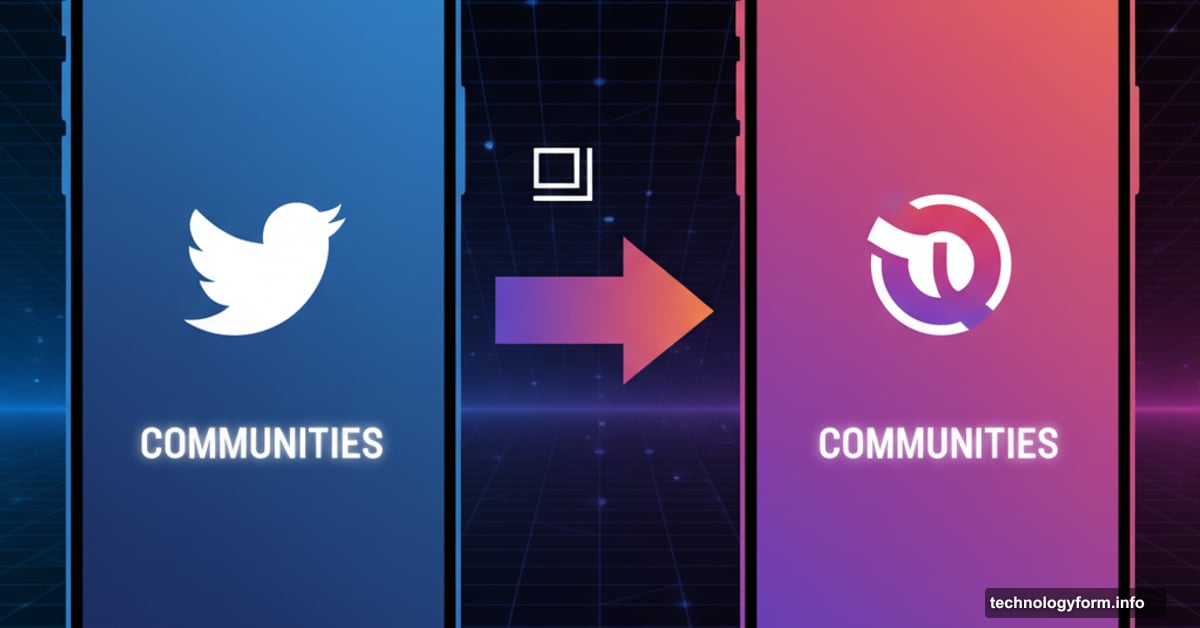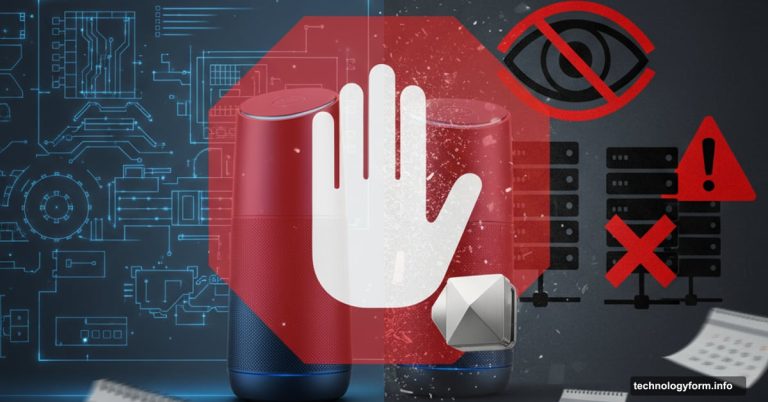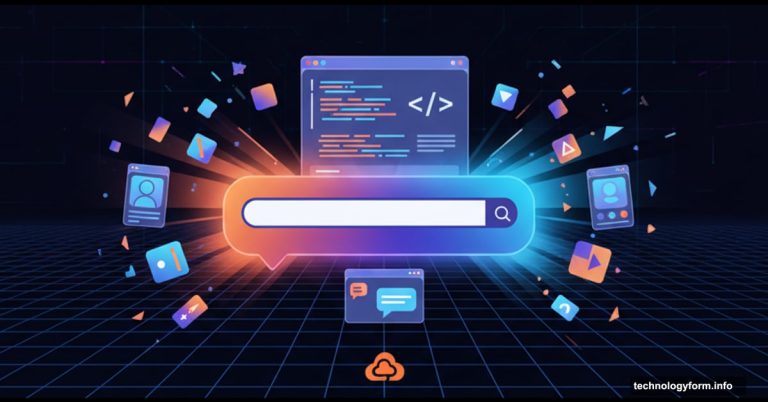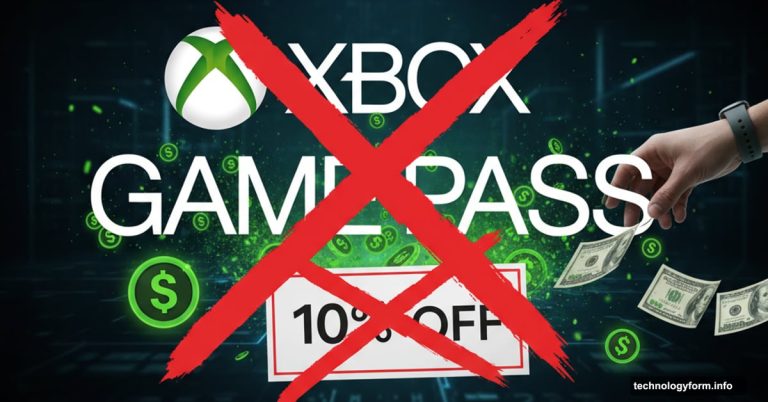Threads Just Copied Twitter’s Best Feature. Most Users Won’t Notice
Meta quietly rolled out communities on Threads this week. The feature creates dedicated spaces where people can talk about specific topics without the algorithm’s chaos.
Sounds familiar? It should. Twitter launched this exact feature back in 2021. Now Meta’s taking another page from the old Twitter playbook, hoping it sticks better the second time around.
Here’s what actually matters about this update and whether it fixes Threads’ biggest problem.
What Communities Actually Do
Think of communities as topic-focused bubbles within Threads. Instead of posting to everyone, you can share thoughts in spaces like “NBA Threads” or “Book Threads” with people who actually care.
Meta created more than 100 communities already. They focused on topics that already see heavy engagement on the platform. Basketball, TV shows, tech news, and books all got their own spaces.
So far, this looks like their custom feeds feature with a new coat of paint. But there are meaningful differences under the hood.
The Algorithm Changes That Matter
Communities don’t just group posts by topic. They rank content differently than your main feed.
Regular Threads feeds show you random posts from anyone using a hashtag. Communities surface the most relevant conversations first. That means less noise, more signal.
Plus, your community activity influences your main feed recommendations. Join more communities, get better suggestions throughout the app. At least in theory.
And here’s a fun touch: liking posts in communities triggers custom emoji. Basketball communities get basketball reactions instead of standard hearts. Small detail, but it adds personality.
Meta’s Copying Twitter Again
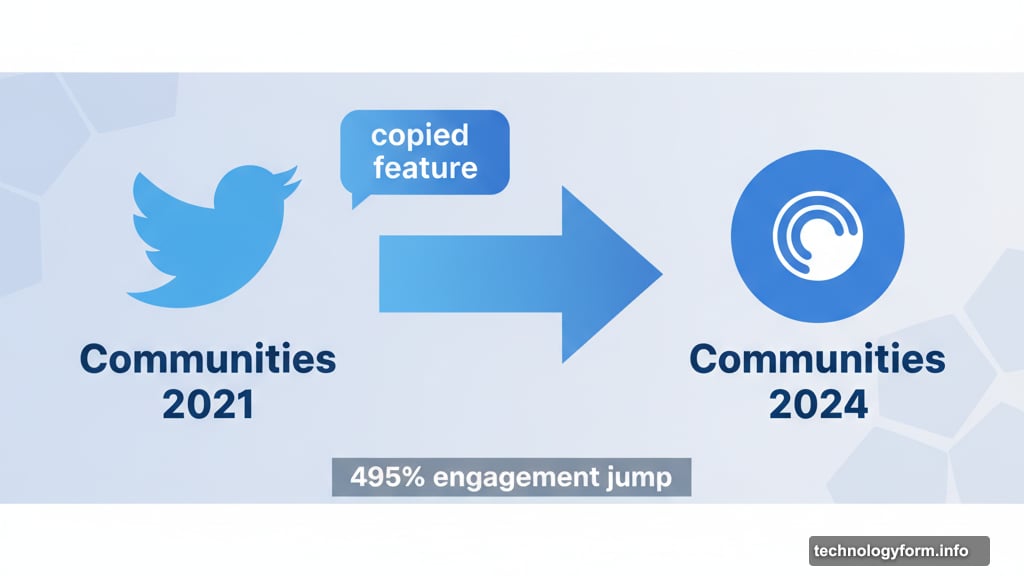
Twitter Communities launched in 2021. Last year, X claimed the feature drove a 495% jump in user engagement time.
Meta watched that success and decided to clone it. Can’t blame them. Why reinvent what already works?
But there’s a crucial difference. Twitter Communities emerged from a platform people already loved using. Threads needs communities to fix fundamental problems with how the app works.
The Real Problem Communities Might Solve
Threads users complain constantly about one thing: the feed sucks.
Your timeline fills with random posts from accounts you don’t follow. The algorithm pushes content from strangers talking about topics you don’t care about. It’s exhausting trying to find anything relevant.
Communities could fix this. By joining spaces that match your interests, you tell the algorithm what you actually want to see. That should improve recommendations across the entire app.
Meta says community participation will tune your main feed. We’ll see if that actually works or just adds another layer of algorithmic confusion.
Who Gets the Blue Badges
Meta’s giving “leading voices” in communities special blue badges. These badges show up on profiles to highlight active community members.
So now Threads has two types of verification. Regular blue checks for identity verification. Community badges for topic authority.
This could work well or create weird status hierarchies. Twitter’s verification system became a mess when it mixed identity verification with influence signaling. Threads might repeat that mistake.
Communities Won’t Save Threads Alone
Here’s the uncomfortable truth: 400 million users sounds impressive until you realize most don’t stick around.
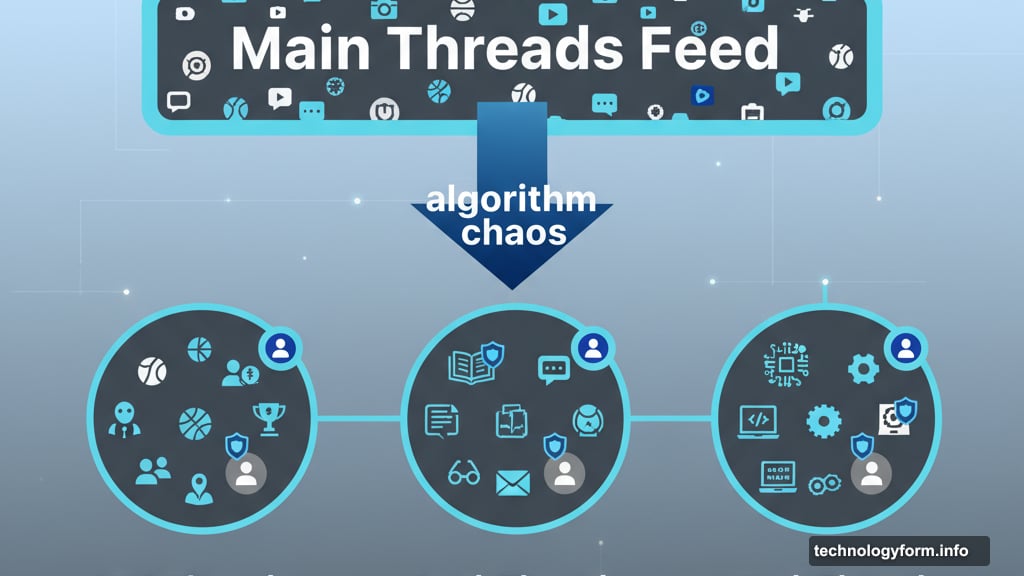
Threads grew fast because Instagram pushed it aggressively. But daily active users tell a different story. Many people joined, posted once, and never came back.
Communities might help retention. People who join groups they care about tend to engage more. But Meta needs more than borrowed features to make Threads essential.
The platform still lacks basic features Twitter had years ago. No trending topics, no proper search, no way to see who liked or shared your posts. Communities won’t fix those gaps.
What This Means For Users
If you’re already on Threads, communities are worth trying. Find a few topics you care about and join those spaces.
Your main feed might get better. You’ll definitely see more relevant conversations in community feeds. And the custom emoji reactions are genuinely fun.
But don’t expect communities to transform the app overnight. They’re one feature among dozens Threads needs to compete seriously with X, Bluesky, and other alternatives.
For people who left Threads disappointed, communities probably aren’t reason enough to return. The core experience still needs work.
The Bigger Picture
Meta’s playing catch-up with social features it should have launched from day one. Communities, edit buttons, better search – all things competitors already offer.
Threads has the user base to succeed. Instagram’s massive audience gives Meta an unfair advantage. But converting casual signups into engaged users requires more than copying what worked elsewhere.
Communities are a step forward. Just not the leap Threads desperately needs.
